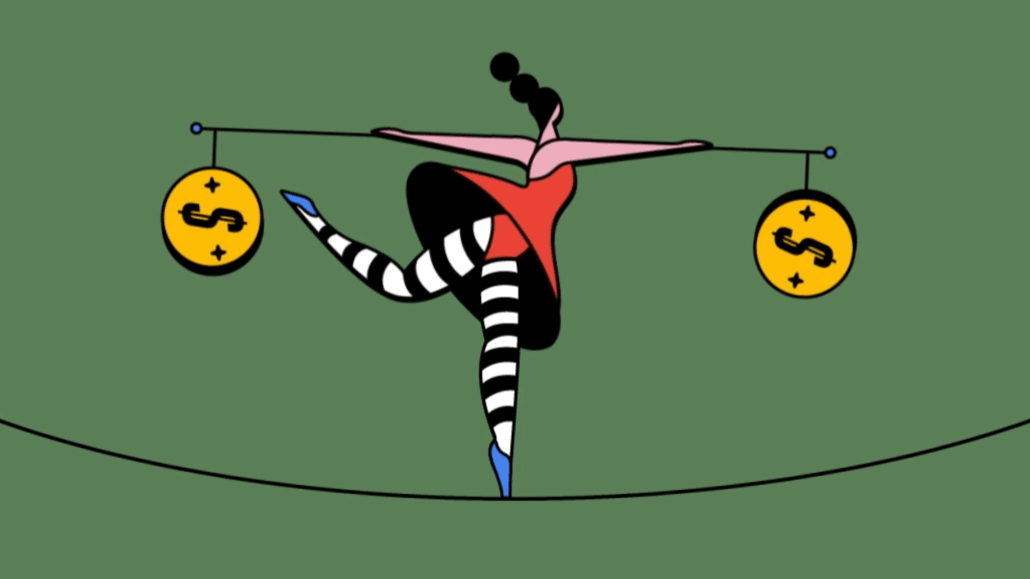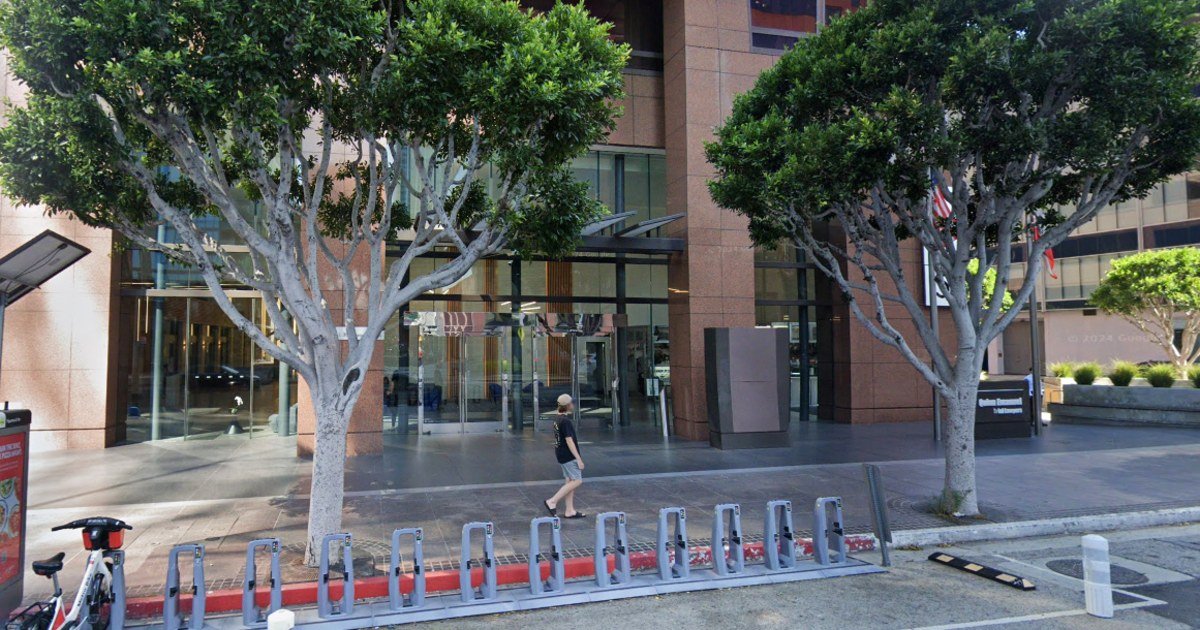By Michael Bürgi • April 24, 2025 •

Ivy Liu
Digiday is at Possible giving you the latest industry news out of the event in Miami. More from the series →
The Possible conference, trade show and kibbitz-fest kicks off on Monday in Miami, its third year of existence. And while it has grown its audience sizably since year one — with an emphasis on attracting more marketers — the content too has widened its aperture, thanks to a cadre of diverse voices serving as its advisory council.
Among the high-profile names speaking this year are Martha Stewart, who seems to reinvent herself every decade, tennis legend Stan Smith, entrepreneur Mark Cuban, Reddit founder Alexis Ohanian, and college basketball star Flau’jae Johnson — all of whom are rounded out by execs across the intersection of marketing, media, tech and culture that Possible aspires to connect. [Full disclosure: Digiday has been a media partner of Possible since the event’s first year.]
Made up of 17 leaders from the above areas, the advisory council represents a broad diversity of voices, and one of its members appreciates what he calls “respectful disagreement” to help make the annual confab accomplish its mission. “It is really run as a team of rivals,” explained Chaucer Barnes, CMO of cultural consultancy Translation and United Masters. “Everyone is terrifically friendly, bringing tons of diverse points of views, and a real high tolerance for respectful disagreement.”
And what they’ve helped to bring together, said Lou Paskalis, founder and CEO of AJL Advisory, and a fellow Advisory council member, is that melange of seemingly incongruous talent — equal parts creator/inluencer and MMA-led conversation about actual AI implementation.
“What Possible got right is the understanding that it’s really about what I call the three Cs: content, to be sure, but community and connections as well,” said Paskalis who acknowledged he had his concerns before year one around blending celebrities with C-suiters but has come around completely. “People are genuinely interested in meeting with you — very important people like Tim Castelli from Instacart or Seth Dallaire from Walmart Connect, who you just pop an email into, and they’re like, ‘Sure, I’d be happy to meet with you and your client.’”
He added: “It’s less about the casinos and the croissants and it’s more about the connectivity.”
Barnes was recruited to the advisory board last fall after attending the first two years and seeing the content go from Elon Musk — and his interview with then NBC executive Linda Yaccarino, who essentially auditioned to become CEO of X onstage at the time — to the current lineup, which he feels is stronger and more varied than ever.
To his way of thinking, Possible’s onstage messaging needs to include the challenges of getting to what’s possible in the brand marketing ecosystem. “In year two, I did a talk with my AT&T client about the lowlights of our journey to create the AT&T 5G [football] helmet,” said Barnes. “I was determined to really make the most of the Possible stage. And for me, that translated into telling my client, ‘If we’re going to go up there, we can’t make this a celebration of what we did. We have to make this an explainer of all the places it could have gone wrong.’ That was my way of answering this call of, you know, what is possible. Just the name alone implies impossibility.”
Barnes said Possible co-founder Christian Muche convinced him after that to join the advisory council — and Barnes was one of many voices that encouraged Muche to start a podcast. “I shared [Muche’s] point of view about preserving this white space for marketers to learn from one another, and to develop the kind of tips, tricks and protocols that were going to allow them to become more persuasive in their organizations and less dismissible as the people that do esthetic stuff.”
Krystal Hauserman, another CMO to growth stage companies in beauty and entertainment, who also sits on the advisory council, said one area of focus for her is to ensure the feedback from prior years gets applied to this year and beyond. For her, the best way that’s being expressed at Possible is through more opportunities for meetings and one-on-one connections.
“One of the most powerful things you can do as a brand, to build your brand, is to let people be on the ground, experiencing your tangible brand in their hand,” said Hauserman. “And one of the most powerful hacks to that is if you can bring someone together with someone else — a human connection moment that really is transformative for either their business, for inspiration, [or] for creativity. Your product will live in their mind. Trying to scale those sorts of experiences and connections and the spirit of anything’s possible, — you’ll see more of that this year.”
Thinking of the future of Possible, Hauserman acknowledges that if Possible continues to grow, it will be unsustainable to stay at Miami’s Fountainbleau hotel, which can only accommodate so many people. The concern, of course, is not to let it become large and unwieldy like Cannes Lions, where if you’re staying at the Martinez down the Croisette, you’re going to need at least 20 minutes to get back and forth to the Palais. Or CES, where the sprawl of the event requires a 40 minute Uber ride up and down the Strip.
“With growth comes those sorts of challenges,” said Hauserman, who reminded that Possible is staying at the Fountainbleau through at least 2026.
“Maybe you don’t need infinite scale to create infinite value for attendees,” added Paskalis — who also noted that the owner of the Fountainbleau also happens to own the Eden Roc hotel, right next door. So expansion is possible while still remaining in Miami.
Deirdre McGlashan, the former CMO of BrandGuard who’s now a strategic advisor for San Francisco agency 61 Hawk, said it’s the bouillabaisse of topics that Possible delivers that makes it feel different from celebratory events like Cannes Lions or techfests like CES.
“They give a fuller picture of the marketing ecosystem,” said McGlashan, who’s been an advisor since year one of Possible. “They’re not just focused on creativity, for example, or media, or a particular outcome. They look at pretty much everything from cultural trends and the next generation of consumer to policy. There’s a great session this year that I’m definitely going to go to, which is about how the CMO and the CIO have to get get along. How do you create that bridge when they talk completely different languages.”
https://digiday.com/?p=576410











